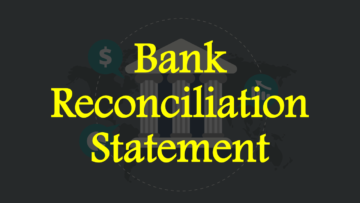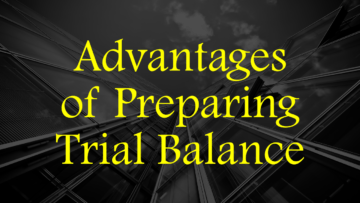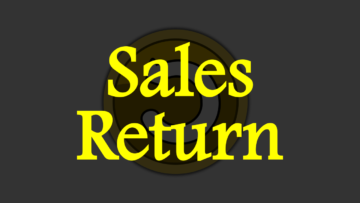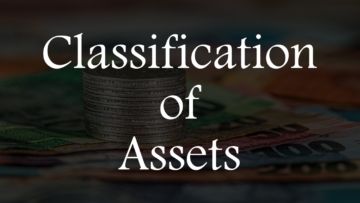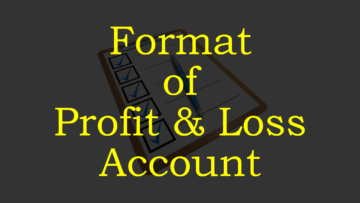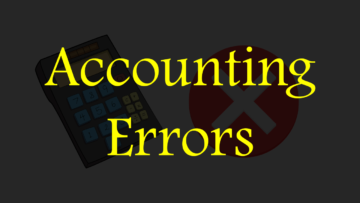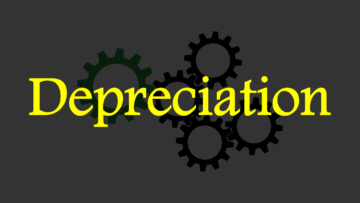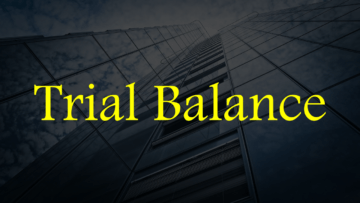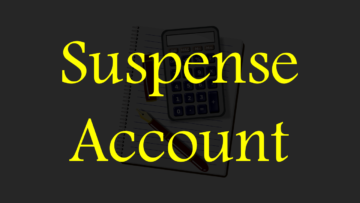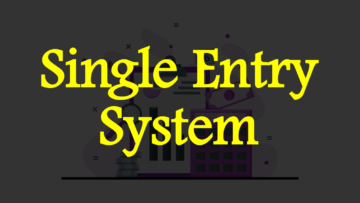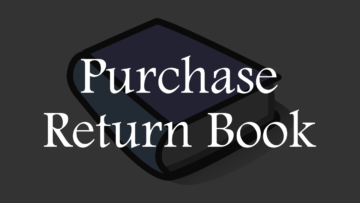Sales are an important transaction in any business, and it works to generate revenue in the business. When sales are made in the business, it is done in two ways, one in cash and the other on credit. When sales are made in cash, the transaction ends there because the payment is received at the same time but when sales are made on credit, the transaction continues further because in this case the payment is not made at the same time and until the payment is made, it is known as receivable, and it is shown in the balance sheet.
In business, receivables play a vital role as it is an asset of the business that gets converted into cash or cash equivalent within a specified time period, which is usually less than a year but note that sometimes it happens that all the receivables are not received which is also known as Bad Debts and they are accounted for under Bad Debts Provision which is shown on the debit side of the Profit & Loss Account but sometimes bad debts get recovered which is shown on the credit side of the Profit & Loss Account.
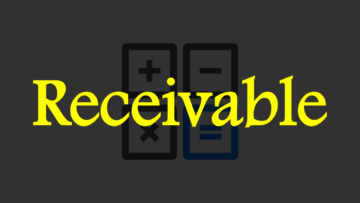
Table of Contents
What is Receivable?
Receivable is an accounting term/concept that represents the amount payable to a business by an outsider on account of revenue. In simple words, when a person buys a product from a business on credit, that person becomes receivable for the business. It is also known as account receivable and it is an asset for the business, so it is shown under current assets on the asset side in the balance sheet. It is shown under current assets because it is assumed that the receivable will be converted into cash or cash equivalents within a year.
For any business, a person is receivable until he pays for the product purchased on credit, as soon as that person makes the payment, it is no longer a receivable for the business and is also removed from the balance sheet as it is no longer an asset for the business. Note: if a person has a receivable for a business, then that business becomes payable to that person and vice versa.
Features of Receivable
Following are the features of receivable:
1. Accounting Terms:
Receivables is an accounting term used to denote the amount owed to a business by an outsider on account of revenue. Receivables usually include debtors to whom the business has sold products on credit. Note: A person is a receivable to a business until he pays the amount due.
2. On Account of Revenue:
In any business, receivables arise due to revenue because the term receivable is used to show the dues of the person (the debtor) who has purchased the product on credit, which is directly related to revenue. In simple language, when a business sells a product to someone on credit, then the person who buys the product on credit becomes a receivable for the business.
3. Assets:
Receivable is an asset of the business because in it the business has sold the product but has not yet received payment and until the payment is made, it remains an asset for the business. In assets, it is a current asset because it is converted into cash or cash equivalent in a short period of time, usually one year.
4. Shown in the Balance Sheet:
Receivable is shown under current asset on the asset side of the balance sheet. It is shown in the balance sheet only until the person who buys the product on credit makes the payment as soon as that person makes the payment, it is removed from the balance sheet.
5. Doubtful Debts Applicable:
Doubtful debts are applicable in receivables because sometimes debtors are not able to pay their pending payments due to some reason, in this situation, receivables are written off under doubtful debt provision which is shown on the debit side of the profit and loss account. The main reason for doing this is to find out the true condition of the business. Sometimes doubtful debts are recovered later which is shown on the credit side of the profit and loss account.
Read Also:
QNA/FAQ
Q1. What is receivable?
Ans: Receivable is an accounting term/concept that represents the amount payable to a business by an outsider on account of revenue.
Q2. Does doubtful debt apply to receivables?
Ans: Yes, doubtful debts apply to receivables.
Q3. Receivable is an asset and is shown on the balance sheet, is this true?
Ans: Yes, it is true that receivable is an asset and is shown on the balance sheet.
Q4. When does a receivable arise?
Ans: Receivable arise when credit sales are made.
Q5. Write the features of receivable.
Ans: Following are the features of receivable:
1. It is an accounting term/concept.
2. It arises on account of revenue.
3. It refers to credit sales in the business.
4. It represents the amount to be received.
5. It is also known as account receivable/debtor.
6. It is an asset of the business.
7. It is shown on the balance sheet.
8. Doubtful debt applies to this.
9. It is a current asset of the business.


